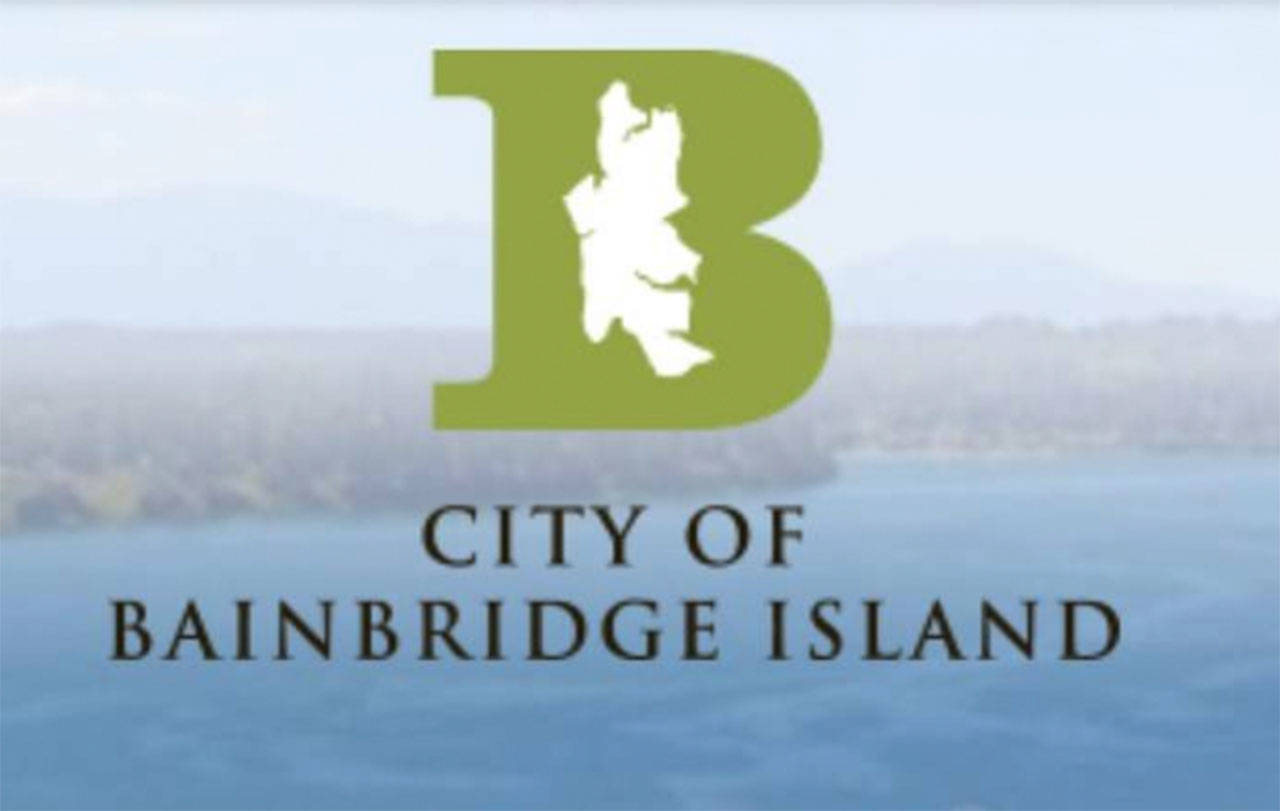Going from one extreme to the other may be a bit too much – but is it? The Bainbridge Island Planning Commission isn’t sure.
It received draft recommendations on planning code changes relating to improving the pre-application process from the Design Review Board April 22. In one thought theyu seemed to be saying if approved there would now be too many regulations, but on the other hand maybe that’s not a bad thing.
Eventually the commission decided it needed more time to study the proposal.
They then agree to a suggestion from Planning director Heather Wright for a subcommittee meeting with some DRB and PC members to hash out the details.
Comments from PC members included:
Kim McCormick Osmond: “There’s a great deal of specificity – maybe too much the other way. It’s very daunting to look at.”
Bill Chester: “I thought a goal was to simplify the process. It’s a pretty deep dive for the applicant coming in. Too much specificity can cramp design. But it seems like it’s probably all good.”
Lisa Macchio: “Hea haw. I love details. Just give me some time to digest it.”
Jon Quitslund: “I’m a little uncomfortable with the complexity of it. It’s tricky.”
Sarah Blossom: “I like the detail in the list so applicants know what is needed; that can save having an additional meeting because they’re not prepared.”
Later in the meeting Macchio said she trusts the DRB because it is at the forefront of the process. But she also called it a work in progress. She said some of the terms – such as “shall” and “minimum” – need wordsmithing. “Tell me exactly what you need,” she said of what developers want to know.
She added that the DRB recommendations expect applicants to come prepared, but there must be a reasonable compromise. “What is actually critical for this meeting?” that developers need to present, she said.
City planning manager David Greetham explained the major change is the process – the pre-application process would happen first so later the Planning Commission would have more information about the proposed project. That would be followed by the conceptual proposal review and then the DRB guidance review.
“That’s where they really sink their teeth into the project,” Greetham said. “We beefed up the descriptions of those meetings.”
Next would be the Planning Commision stage with public comments, which would end the pre-app process.
Then comes the project application and the DRB would make its recommendation to the Planning Commission, which would then make a recommendation to the planning director for a decision.
Blossom said it looks like the PC won’t see the project until quite a ways into the process. Greetham responded that maybe steps 3 and 4 would be reversed.
Commissioner Joe Paar said he likes that the public would comment later in the process so it can see a “more refined project, not a draft. There’s no perfect order to this, but I like this one.”
Planning Commissioner Ashley Mathews asked if technology could be used to streamline the process – maybe Zoom now that everyone is so familiar with it.
Greetham said Zoom has been working really well, but added the number of meetings hasn’t changed, just the order.
As for the process itself, early on Greetham said developers would need to explain their project intent and vision, analysis, context map, photos of the site and the concept site plan.
Later the DRB wants to see more-detailed information like landscape, site and floor plans; elevations; exterior lighting; renderings; context analysis; and much more.
Macchio said getting zoning consistent with the comprehensive plan will be a “lifelong challenge” and sometimes it won’t match up. She hopes early on city staff “might be able to put up a red flag and say there is some inconsistency here.”
By doing that, it would avoid problems later.
“It’s not the Planning Commission at the nth hour raising the red flag, and them saying, ‘Oh my god, you’re telling me this now.’ We all want to avoid that,” Macchio said.



